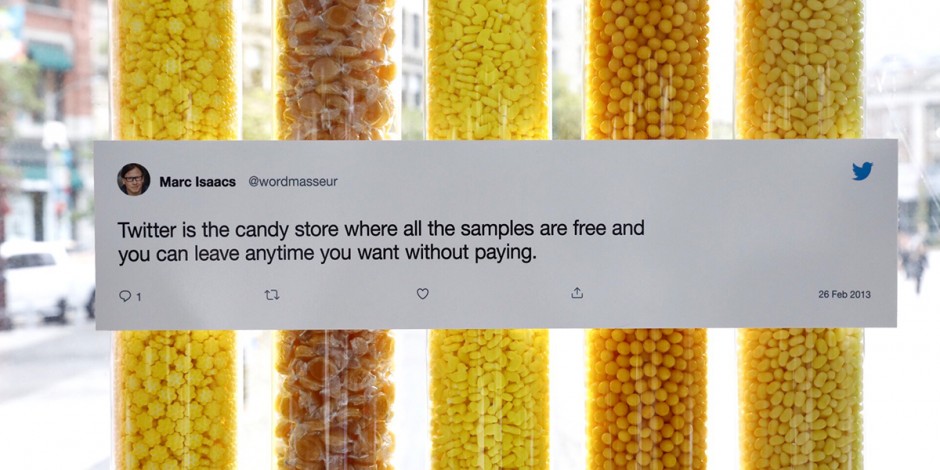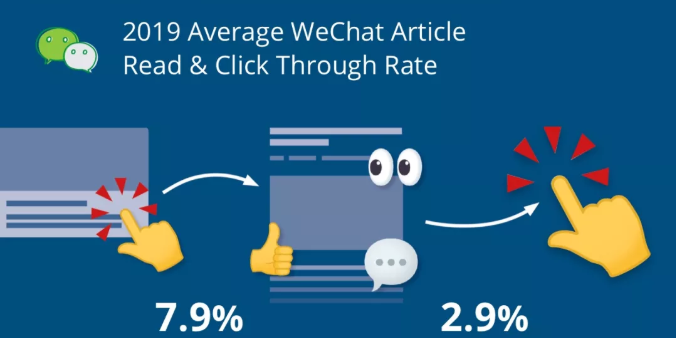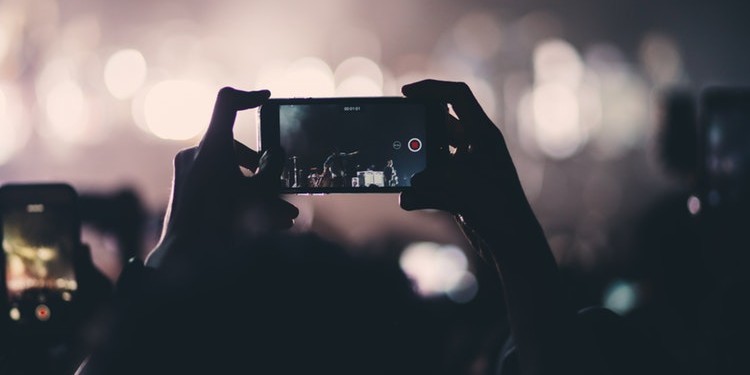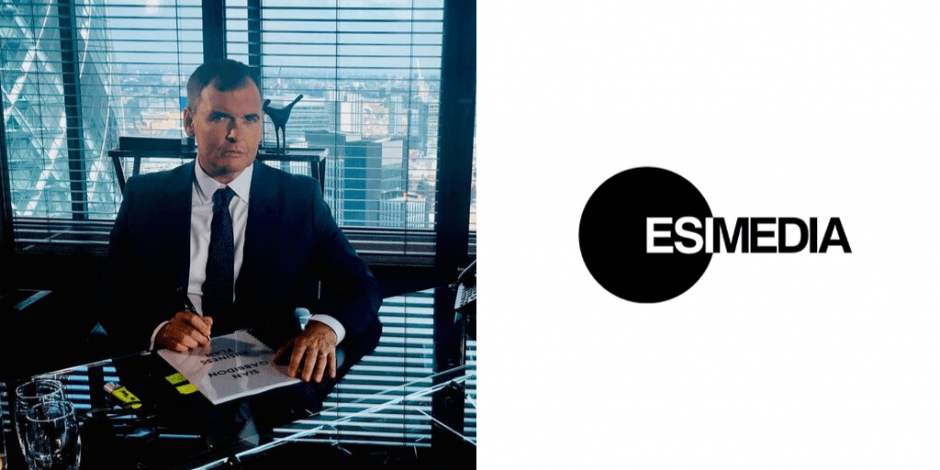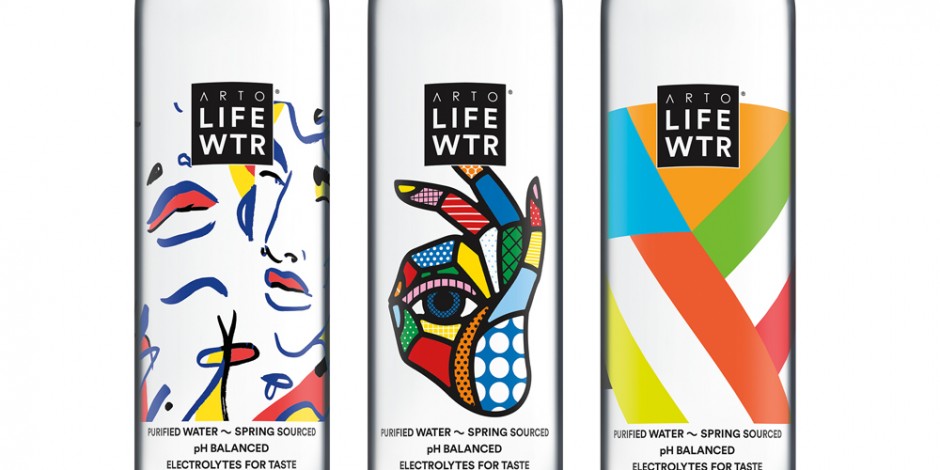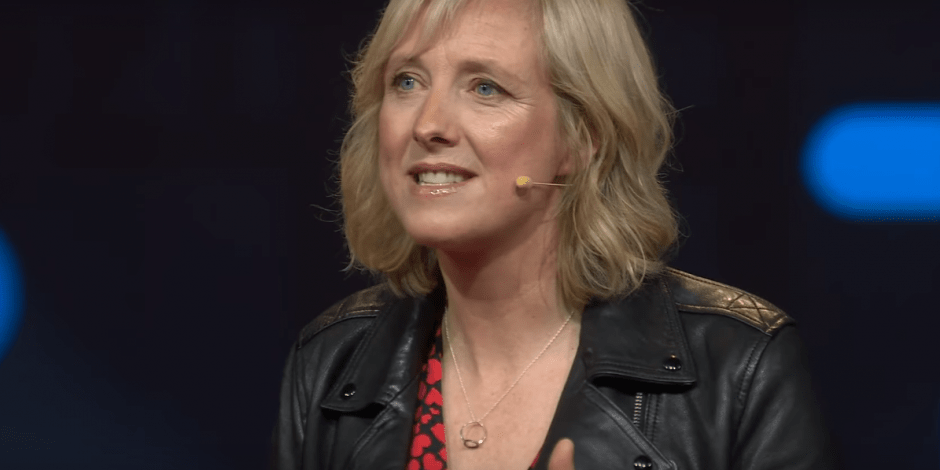Amazon‘s profits might have fallen for the first time in two years, but its advertising revenue outshone its overall sales growth in the most recent quarter – showing brands are taking it seriously as a challenger to the Google-Facebook duopoly.
During its most recent earnings call on Thursday (24 October), the e-commerce giant revealed that sales were up, but profit had slumped year-on-year for the first time since mid-2017.
The business reported a third-quarter profit of $2.1bn, a drop of 28% on the previous year, which was put down to investments in shipping and warehouses to help its core retail business maintain its edge.
Over the past three months, the businesses has garnered $70bn in revenues; up from 24% on on the same quarter last year.
Advertising revenue growth was a bright spot in the company’s results, with ‘other revenue’ (which principally refers to Amazon’s ad business) hitting $3bn over the three months to the end of September, up 45% on the same quarter last year.
Driving ‘relevancy’ and looking beyond search
The firm’s chief financial officer Brian Olsavsky said it was “very happy” with its ad sales progress and that it was now focused on helping brands deliver more targeted ads within the Amazon ecosystem.
“We continue to focus on advancing advertising experiences there, [making them] helpful for customers and helping them to see new products. We want to empower our businesses to find attracting and engage these customers and it’s increasingly popular with vendor sellers and third-party advertisers,” he added.
“It’s still early and what we’re focused on really at this point is relevancy, making sure that the ads are relevant to our customers, helpful to our customers, and to do that, we use machine learning and that’s helping us to drive better, better and better relevancy.”
Earlier this month it was reported that Amazon was eating into Google’s search dominance, with eMarketer forecasting that Amazon’s share is expected to grow to 15.9% by 2021, with Google’s expected to contract to 70.5%.
However, Dave Fildes, Amazon’s director of investor relations said that increased adoption among brands was pushing the company to expand its video and OTT offerings.
Pointing to the ad-supported movie streaming service it recently launched on IMDb and live sporting deals, Fildes said it planned to ad more inventory to the latter and across its Fire TV apps via Amazon Publisher Services integrations.
“[We’re also looking at] streamlining access for third-party apps and really just making it easier for advertisers to manage their campaigns and provide better results,” he continued.
Aaron Goldman, chief marketing officer, at self-service ad platform 4C Insights highlighted how quickly Amazon is ramping up its ad platform.
“It has the unique ability to close the loop from purchase intent to sales and allow brands use that data for ad targeting and measurement,” he explained, saying clients using 4C’s platform had upped their spend by 250% in the past year.
Feature Image Credit: Advertising revenue growth was a bright spot in the company’s results / Amazon


